Focusing on Sustainable Growth — China Releases Draft of 12th Five-Year Plan
The plan, which scales back economic growth and scales up environmental conservation, is expected to be adopted this week.
By Nadya Ivanova
Circle of Blue
Clearly wary about the consequences of its rapid economic development on the environment, China has set a path over the next five years to reduce consumption of the two most important resources that power its economy— coal and water. The country plans to rein in water use and introduces new energy intensity reduction targets in pursuit of more sustainable economic growth, according to the draft proposal of the 12th Five-Year Plan, the master economic blueprint that will chart China’s development through 2015.
The draft was submitted for review on March 5 at the start of China’s annual plenary session in Beijing, and it is expected to be adopted by the end of this week. The plan, China’s greenest to date, vows to slow down the rate of economic growth and sets targets for energy-saving, emission-reduction, and water conservation.
But China’s capacity to carry out the plan is in doubt. The country has historically underestimated its rate of growth and has instituted within its political culture expectations for rising GDP levels that have often prompted provincial governments to pursue staggering economic development at the expense of the environment.
These targets are also coming as China is vastly scaling up renewable industries—wind, solar, nuclear, and hydropower—and engaging in the largest road, high-speed rail, and residential construction programs in the world.
Quality v. Quantity
The new targets in the 12th Five-Year Plan, which call for reducing the scale and pace of development, describe a nation that has hit a peak growth rate. While the United States and many European Union countries are scrambling to up their stagnating GDP rates, China achieved an average annual growth of 11.2 percent in the last five years and now plans to scale back its yearly GDP growth to 7 percent through 2015, down from its target of 7.5 percent in the previous five-year plan (2006-2010).
This new economic goal is among the most important changes in the newly unveiled draft, as it aims to shift the country away from its singular pursuit of economic growth to focus on the quality of its development.
Among other major targets in the document, by 2015, China will reduce its water consumption per unit of value-added industrial output by 30 percent. Earlier this year, China vowed to limit its water use to 670 billion cubic meters (177 trillion gallons) annually over the next decade. In 2010, China used 599 billion cubic meters, according to the National Bureau of Statistics.
Over the next five years, China also plans to cut its energy consumption per unit of GDP by 16 percent and its carbon dioxide emissions by 17 percent. These goals will help China meet its 2020 carbon intensity target—proposed for the 2009 United Nations Framework Convention on Climate Change (UNFCC) and Kyoto Protocol in Copenhagen, Denmark—of cutting CO2 emissions per unit of GDP by 40 to 45 percent compared to 2005.
In a more radical measure, China might introduce an unprecedented cap on energy consumption of about 4 billion tonnes of coal equivalent per year by 2015, according to Zhang Guobao, who heads the National Energy Administration. For reference, in 2010, China used 3.25 billion tonnes of standard coal equivalent—up 5.9 percent from 2009—according to the National Bureau of Statistics.
Next week, in the fifth chapter of our Choke Point: China series, Circle of Blue will feature the 12th Five-Year Plan, as it guides China—now the world’s second largest economy and biggest energy producer and consumer—while it reconciles three emerging trend lines: rising economic development, growing water scarcity, and increasing energy demand.
So far in the series, Circle of Blue and the China Environment Forum have reported on the sweeping changes in China’s renewable sector, along with the nation’s plans to use massive water transfers and ambitious new conservation programs to avert a potentially ruinous confrontation between growth, water, and fuel that threatens to halt the country’s modernization.
Nadya Ivanova—who has reported from China, Europe, and the United States—is a Chicago-based reporter and producer for Circle of Blue. Aaron Jaffe, is a Chicago-based reporter and photographer for Circle of Blue. Reach them at circleofblue.org/contact.
Contributions by Jennifer Turner, Washington, D.C.-based director of the China Environment Forum at the Woodrow Wilson International Center for Scholars.


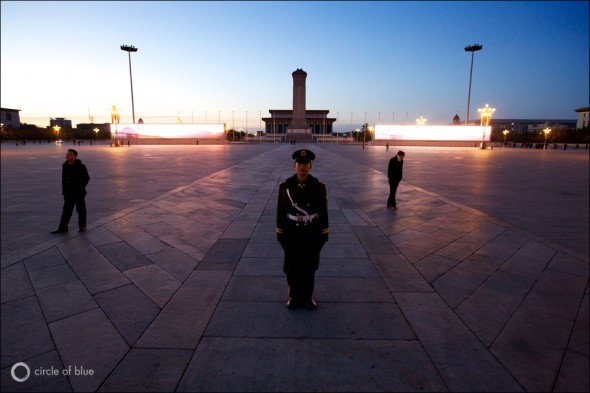

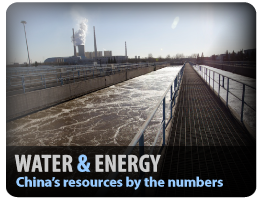
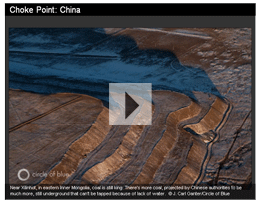
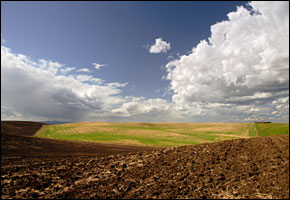
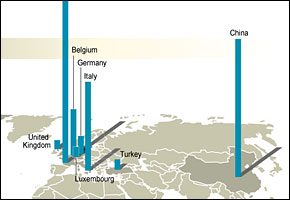
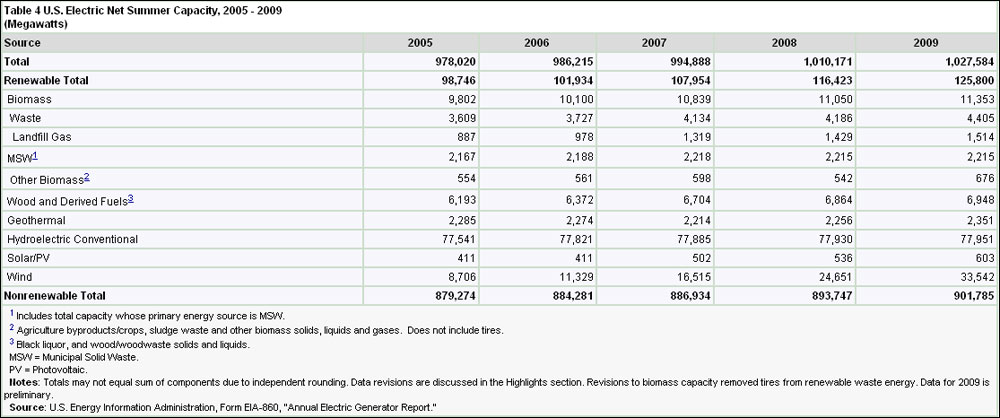



I just read a Book which examines how China is going to develop the next stage of economic growth and how they are transforming their economic clout into the political arena.
Book Review: The End of the Free Market